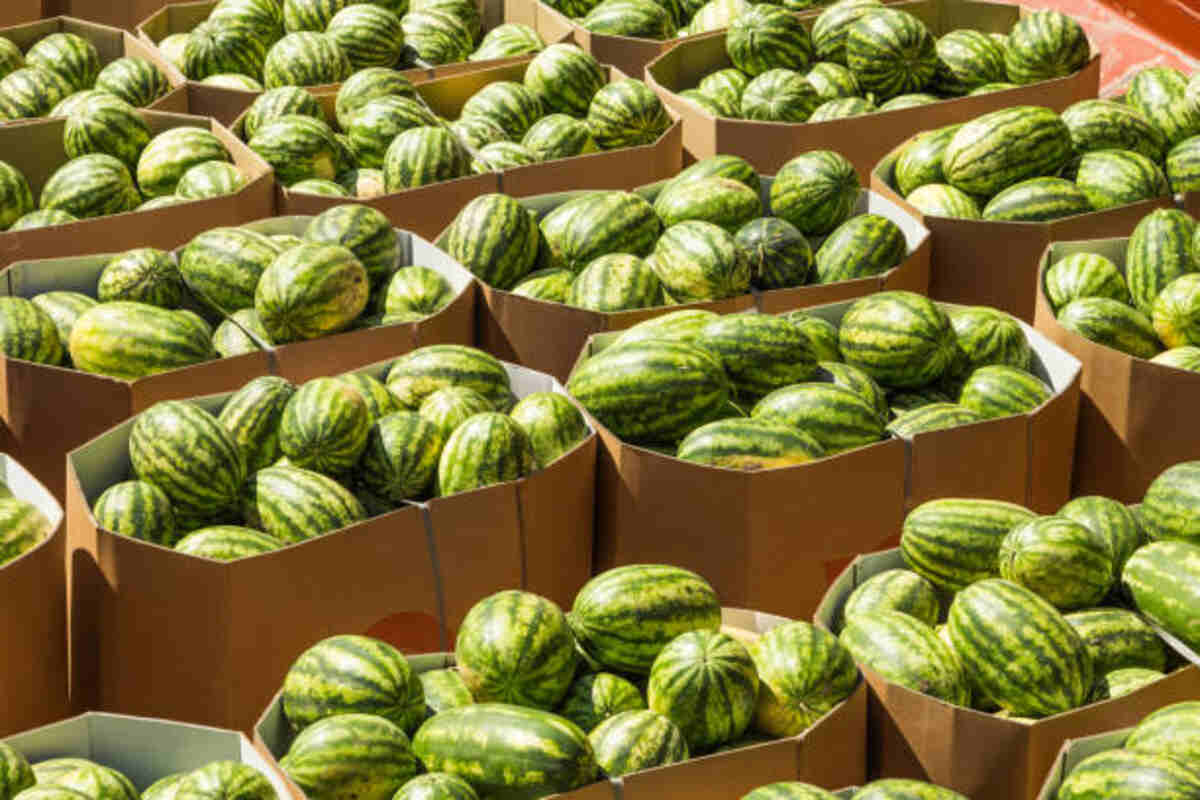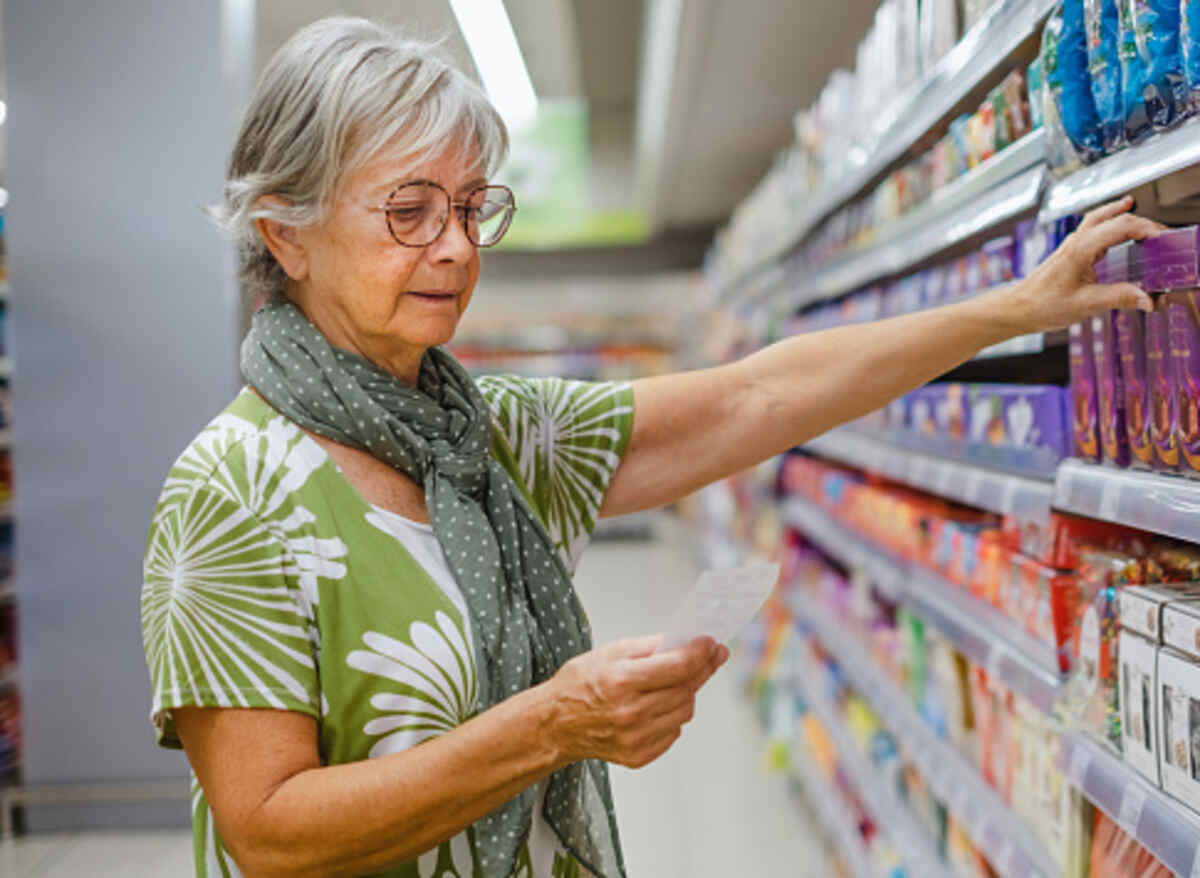Imported Fruits and Vegetables
Consumer demand in the US has seen imports of certain crops such as berries and grapes skyrocket in response to consumer preferences, leading to an increase in imports such as Gala apples from New Zealand or seedless pink muscat grapes from Chile being brought in for consumption. Some varieties even taste superior: succulent fruit like these is far superior to its local equivalent!
Food values and socio-demographic factors influencing consumers’ preferences for imported fruits are identified here.
Bananas
Bananas are the world’s favorite fruit and a staple part of any healthy diet. Unlike apples and oranges, bananas don’t rely on seasonal production cycles like apples do – instead, being grown year-round across tropical and subtropical regions around the globe. Furthermore, their cost makes them relatively cheaper compared to imported fruits such as citrus. Again, many American supermarket chains purchase bananas from producers directly in other countries instead of traditional fruit companies, thus helping local economies.
Bananas, once harvested, are processed and packed into boxes before being sent off for shipping via ports around the world. Most global banana production takes place in Latin America, where free trade agreements allow duty- and quota-free exports to European Union countries.
On arrival, bananas undergo phytosanitary inspection and customs clearance at their country of destination before being transferred to temperature-controlled supply chain service provider facilities or even ripening rooms, where temperature control, humidity, carbon dioxide levels, and the presence of naturally produced ethylene gas from bananas that accelerates ripening are monitored closely.
Ripening typically lasts four to seven days. Once ready for packaging, bananas are distributed directly to retailers, supermarkets, and distributors for sale.
Wholesale banana prices tend to change from month to month, with New York City and San Francisco serving as significant hubs of supply and demand. Due to high volumes and transportation costs associated with imported bananas, they often fluctuate depending on season and weather conditions in major producing nations, resulting in drastic price spikes or drops based on season or weather patterns in major producing countries. For further insight on market trends in New York City, check out this chart of wholesale prices for organic and conventional bananas sold wholesale here (Source: Agricultural Marketing Services USDA 2008). Americold’s worldwide warehouse network, strategically situated near ports or consumer markets, provides storage solutions explicitly tailored towards meeting this perishable staple’s storage and transport needs – essential requirements that exist today!
Mangoes
As mango season nears, exports from South and Central America are beginning to challenge India for supremacy in mango imports into New Zealand. So far this year, Peru accounts for nearly two-thirds of imported mangoes, followed by Mexico and Australia.
The United States stands out as the premier market for mangoes, being one of the top consumers worldwide. According to the International Trade Center, American consumers eat over 900 million pounds of fresh and frozen mangoes annually.
Mangoes exported outside of the US must adhere to stringent quality standards in order to enter specific markets such as Europe. For instance, EU markets only permit mangoes that fulfill specific phytosanitary criteria into their market, so an importing country must guarantee both sanitary processing and packing facilities and that their mangoes are free from diseases or pests before entering them into their demands.
Outside of general phytosanitary requirements, buyers may also have specific specifications pertaining to internal maturity and brix level. When working with an exporter in this regard, they must be compliant with US import regulations, which often require inspections and permits for importation.
Example: An exporting company from Pakistan exporting mangoes into the US must obtain a license from USDA’s Animal Plant and Health Inspection Service (APHIS) prior to shipping their produce; APHIS will require them to submit either a letter of credit or cashier’s check in an amount covering inspection, treatment and shipment costs of said produce.
RPDA must also have an APHIS-accredited facility for receiving and processing produce from its producers. The plant should include food safety management systems recognized by GlobalG.A.P or BRCGS to ensure optimal hygiene and food safety practices are observed during its operations.
Avocados
Avocados have long been a highly beloved vegetable in the United States, and demand is expected to increase significantly in 2021. Mexico was by far the leading source of imported avocados, with 86% coming from that country alone – no surprise given their origin in Mexico and Central America, where production thrives thanks to warm temperatures required for successful production.
However, Mexico does have competition in terms of avocado exports from other countries; Peru imports have seen significant increases over the years, while Colombia and Kenyan shipments are growing even faster.
One of the most significant obstacles faced by newcomers to the US food and agricultural market is meeting strict requirements set by USDA’s Animal and Plant Health Inspection Service (APHIS). Avocados shipped from certain areas in Mexico require quarantining measures in order to protect the country against pests like black stem borer and fusarium wilt.
Avocados must be shipped commercially from Mexico with a phytosanitary certificate issued by their national plant protection organization and approved by APHIS before exports from that country can begin.
Rules can be complicated and overwhelming, so having a licensed customs broker on board can ensure your shipment meets all required standards, saving both time and money while expediting the Customs and Border Protection (CBP) process smoothly.
Grapes
Europe’s table grape market is mature, and consumption remains consistent year-round. Due to declining European production, imports have seen an upsurge, creating plenty of supply windows for traders looking to take advantage.
Winter is an excellent time for table grape importation from Chile and Peru, where supplies can fill gaps in demand caused by drought conditions in Chile. Strong traders with access to South America are likely able to offer alternatives as a source of supplies.
Importing table grapes requires proper fumigation in order to minimize disease spread and contamination risks. Methyl bromide is usually sufficient; 48g/m3, depending on their country of origin, can also be increased as necessary. In some instances, countries use hydrogen cyanide instead; this option kills insects without impacting plant health and should only be used within closed facilities.
Maintenance of strict quality standards is also crucial in assuring the quality of imported grapes. When customers receive inferior-quality products, their purchasing patterns could change and lead to reduced returns for growers, handlers, and exporters.
Importing grapes can be a lucrative business opportunity when done right. To be successful, however, you’ll need reliable shipping arrangements and swift customs clearance procedures; then, create a marketing plan and cultivate relationships with wholesalers and retailers, and finally, comply with all pertinent health and safety regulations.
Citrus
Citrus fruit from tropical citrus trees is a major food item in the United States, accounting for an estimated one-fifth of the total fruit consumed here. Fresh Florida citrus exports have experienced tremendous growth recently; however, domestic producers have struggled to overcome high production costs associated with highly competitive world markets for their products. In order to offset these costs, the federal government has co-funded overseas marketing and promotion activities overseas through the Export Assistance Program (MAP) and predecessor programs.
The Indian River Citrus District, situated along Florida’s Atlantic Coast and producing citrus since 1807, has long been recognized as an international center of citrus production. Three out of every four seedless grapefruit produced in Florida come from this District; furthermore, significant volumes of mandarin oranges and tangerines from here are exported worldwide for market sale.
APHIS authorized the importation of five types of commercially produced fresh citrus from China into the continental United States beginning in April 2020, providing that China’s National Plant Protection Organization monitors compliance with systems designed to minimize fruit flies and other quarantine pests found within their citrus growing regions. We require preclearance of these imports until April 2022, at which point preclearance requirements will no longer apply.
Businesses importing citrus fruit for processing must meet additional import regulations than businesses that import them solely for fresh consumption. Processing companies must present the UK plant health inspector with an official phytosanitary certificate from their exporting country upon arriving in the UK and inform him/her immediately upon their shipment’s arrival in this country.




